#California rain
Text


#rainy days#photography#me#rain#california rain#california floods#highland park#los angeles#photo#fujifilm#35mm#digital#x100v
6 notes
·
View notes
Text
Rain Today! So happy for my Garden and Spring!
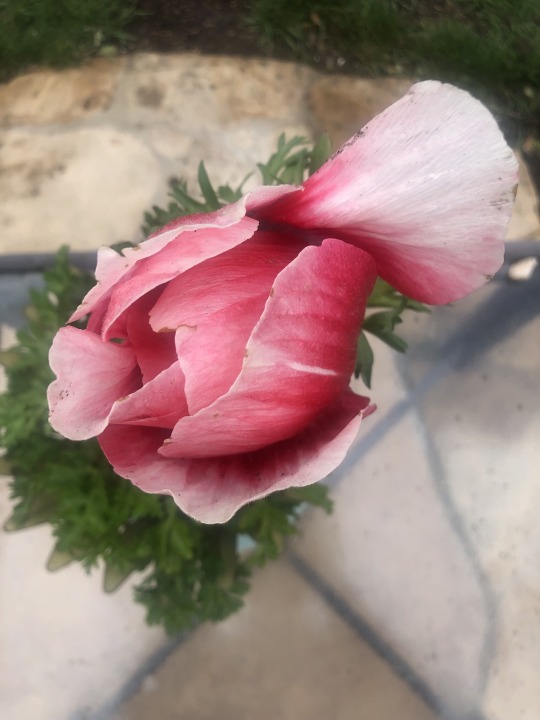
View On WordPress
3 notes
·
View notes
Text
It's just rain
Rain
And more rain
0 notes
Text
As relentless rains pounded LA, the city’s “sponge” infrastructure helped gather 8.6 billion gallons of water—enough to sustain over 100,000 households for a year.
Earlier this month, the future fell on Los Angeles. A long band of moisture in the sky, known as an atmospheric river, dumped 9 inches of rain on the city over three days—over half of what the city typically gets in a year. It’s the kind of extreme rainfall that’ll get ever more extreme as the planet warms.
The city’s water managers, though, were ready and waiting. Like other urban areas around the world, in recent years LA has been transforming into a “sponge city,” replacing impermeable surfaces, like concrete, with permeable ones, like dirt and plants. It has also built out “spreading grounds,” where water accumulates and soaks into the earth.
With traditional dams and all that newfangled spongy infrastructure, between February 4 and 7 the metropolis captured 8.6 billion gallons of stormwater, enough to provide water to 106,000 households for a year. For the rainy season in total, LA has accumulated 14.7 billion gallons.
Long reliant on snowmelt and river water piped in from afar, LA is on a quest to produce as much water as it can locally. “There's going to be a lot more rain and a lot less snow, which is going to alter the way we capture snowmelt and the aqueduct water,” says Art Castro, manager of watershed management at the Los Angeles Department of Water and Power. “Dams and spreading grounds are the workhorses of local stormwater capture for either flood protection or water supply.”
Centuries of urban-planning dogma dictates using gutters, sewers, and other infrastructure to funnel rainwater out of a metropolis as quickly as possible to prevent flooding. Given the increasingly catastrophic urban flooding seen around the world, though, that clearly isn’t working anymore, so now planners are finding clever ways to capture stormwater, treating it as an asset instead of a liability. “The problem of urban hydrology is caused by a thousand small cuts,” says Michael Kiparsky, director of the Wheeler Water Institute at UC Berkeley. “No one driveway or roof in and of itself causes massive alteration of the hydrologic cycle. But combine millions of them in one area and it does. Maybe we can solve that problem with a thousand Band-Aids.”
Or in this case, sponges. The trick to making a city more absorbent is to add more gardens and other green spaces that allow water to percolate into underlying aquifers—porous subterranean materials that can hold water—which a city can then draw from in times of need. Engineers are also greening up medians and roadside areas to soak up the water that’d normally rush off streets, into sewers, and eventually out to sea...
To exploit all that free water falling from the sky, the LADWP has carved out big patches of brown in the concrete jungle. Stormwater is piped into these spreading grounds and accumulates in dirt basins. That allows it to slowly soak into the underlying aquifer, which acts as a sort of natural underground tank that can hold 28 billion gallons of water.
During a storm, the city is also gathering water in dams, some of which it diverts into the spreading grounds. “After the storm comes by, and it's a bright sunny day, you’ll still see water being released into a channel and diverted into the spreading grounds,” says Castro. That way, water moves from a reservoir where it’s exposed to sunlight and evaporation, into an aquifer where it’s banked safely underground.
On a smaller scale, LADWP has been experimenting with turning parks into mini spreading grounds, diverting stormwater there to soak into subterranean cisterns or chambers. It’s also deploying green spaces along roadways, which have the additional benefit of mitigating flooding in a neighborhood: The less concrete and the more dirt and plants, the more the built environment can soak up stormwater like the actual environment naturally does.
As an added benefit, deploying more of these green spaces, along with urban gardens, improves the mental health of residents. Plants here also “sweat,” cooling the area and beating back the urban heat island effect—the tendency for concrete to absorb solar energy and slowly release it at night. By reducing summer temperatures, you improve the physical health of residents. “The more trees, the more shade, the less heat island effect,” says Castro. “Sometimes when it’s 90 degrees in the middle of summer, it could get up to 110 underneath a bus stop.”
LA’s far from alone in going spongy. Pittsburgh is also deploying more rain gardens, and where they absolutely must have a hard surface—sidewalks, parking lots, etc.—they’re using special concrete bricks that allow water to seep through. And a growing number of municipalities are scrutinizing properties and charging owners fees if they have excessive impermeable surfaces like pavement, thus incentivizing the switch to permeable surfaces like plots of native plants or urban gardens for producing more food locally.
So the old way of stormwater management isn’t just increasingly dangerous and ineffective as the planet warms and storms get more intense—it stands in the way of a more beautiful, less sweltering, more sustainable urban landscape. LA, of all places, is showing the world there’s a better way.
-via Wired, February 19, 2024
#california#los angeles#water#rainfall#extreme weather#rain#atmospheric science#meteorology#infrastructure#green infrastructure#climate change#climate action#climate resilient#climate emergency#urban#urban landscape#flooding#flood warning#natural disasters#environmental news#climate news#good news#hope#solarpunk#hopepunk#ecopunk#sustainability#urban planning#city planning#urbanism
13K notes
·
View notes
Photo

Pirkle Jones, Figures in Rain, San Francisco, 1955
#rain#1950s#1950s fashion#50s#rainy#umbrella#50s fashion#vintage fashion#pirkle jones#california#san francisco#vintage#black and white#photography#sfmoma#artwork/70.40.6
272 notes
·
View notes
Text
Water, earth, fire, air. Finally, California has become the Avatar of Natural Disasters
#earthquakes and wildfires and hurricanes cover both wind and rain#I can make this joke because I am in the path of disaster#stay safe my fellow Californian#California#hurricane hilary
485 notes
·
View notes
Text

238 notes
·
View notes
Text
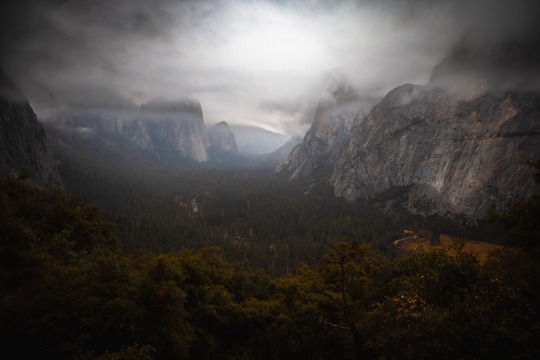

Rainy day hikes in Yosemite
#it poured on me all day but those misty mountains were worth it#yosemite national park#California#Yosemite#aimeekb#hiking#lesbians who hike#mountains#me and my boots against the world#yosemite valley#misty mountains#forest#rain#rain storm#explore#adventure#travel#nature#landscape
178 notes
·
View notes
Text

Meanwhile ~
Jamie: Ahh.. Coach? We gonna start trainin’ soon.....?
Roy: Oh for fuck’s sake. WHISTLE!!
#upon drawing them on grass I just was hit with the hilarious image of the team just awkwardly standing nearby#yes Ted is blushing#and yes he has an earring#you can only see Trent’s torso cuz he’s like#still sitting down#not even California getting hit with a tropical storm is enough to keep me from posting gay fanart ✌️#I’m fine btw it’s just raining#sketch.art#tedtrent#tedependent#ted lasso fanart#ted lasso#trent crimm
279 notes
·
View notes
Text
When it rains in Southern California
974 notes
·
View notes
Text
The situation has been quite, ahem, fluid here around Monterey Bay.
The Aquarium is currently open and welcoming guests needing reprieve from the storm—thanks to our Applied Water Sciences team, extensive storm preparation, and 24/7 staff monitoring both onsite and remotely, we continue to care for our animals and keep our doors open for the public.
If you plan on visiting us soon, we urge you to continue to check your travel route throughout the duration of your trip. Like the ocean, conditions can change quickly during a storm, so it's best to be prepared.
We hope that you and your families are staying safe, and our hearts are with those in our community who have been impacted by the evacuations, flooding, and power outages over the past week. We look forward to sea-ing you on the other side of these storms 💙🌊

#monterey bay aquarium#big wave wednesday#things have shoretainly been finteresting#we know california needed some rain but holy mola this is something else#who made aquaman angry this time?
858 notes
·
View notes
Text
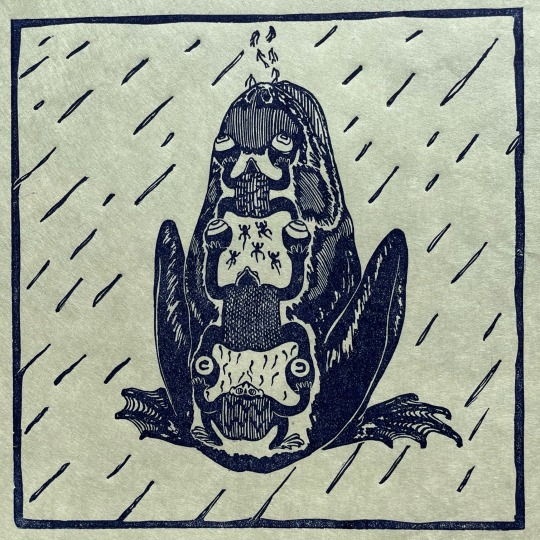
#art#nature#california#bay area#mendocino#sonoma#printmaking#illustration#mokuhanga#linocut#ink#relief print#linoleum#frogs#amphibians#rain#froggy
166 notes
·
View notes
Text

Prince attends the premiere of Purple Rain at Mann Chinese Theater in Hollywood, July 26th, 1984, © Ron Galella
#prince#prince rogers nelson#purple rain#1984#1980s#80s#pics#ron galella#hollywood#california#soupy's
262 notes
·
View notes
Text
Hey y'all! Slightly weird question, but you know I love making and giving themed gift sets:
Do you have any recommendations for board books or picture books with a sunshine or lemonade kind of theme?
The set so far is a pink and orange and yellow quilt, a plushie sun, and a pair of pink and yellow baby booties with lemon slices all over them. It's good as-is, but I think if I can find a book to tie them all together it'd be even better
#the person behind the yarn#it doesn't have to be sunshine themed I guess something spring themed would also work?#but the quilt is honestly more summer than spring#and the baby this set is for is in the part of California I used to live in#aka the Land of Perpetual Summer#I mean right now they are getting a lot of rain so not quite so summer right this second#but most of the time! most of the time it is summer there even when it isn't chronologically#the vibes of this baby set to me are sunshine and joy#and maybe I have learned something about myself and my personal associations with the color combo of yellow and pink while making it#(for example: did not know I like yellow or pink at all but I do! especially together!)#so it's entirely possible this is not a universal or even common color association#but I'm sticking with it anyway lol
34 notes
·
View notes
Photo
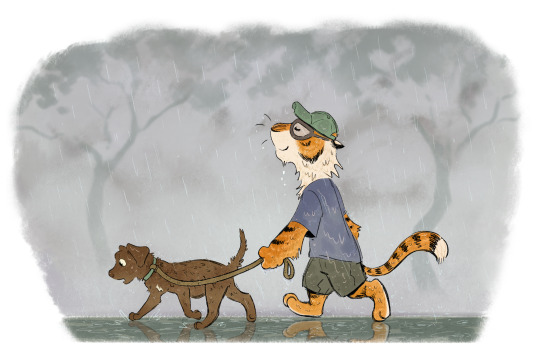
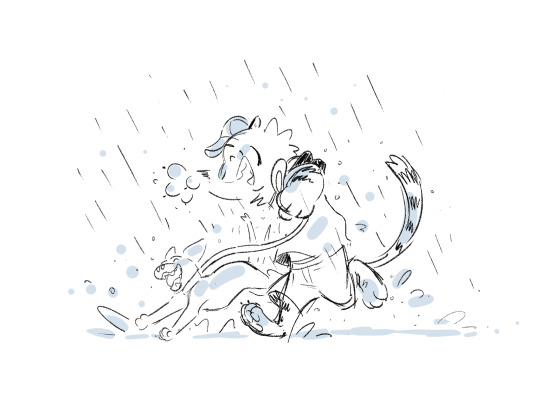
pos-heatwave rain
#looking for an alaskan wife that will save me from california hell ;D plz help#my art#eu e terra#tigress#labrador#rain#terra#First time terra ever saw rain and i think she was confused. she just peed in the middle of the street instead of the grass lol#guess she thought everything was wet from pee#slices of life
724 notes
·
View notes
Text
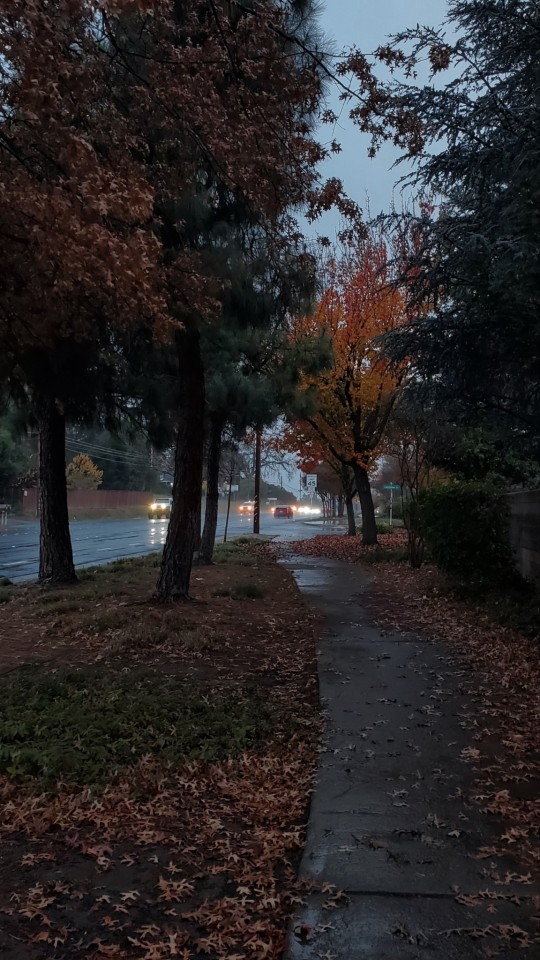
Rainy day on my way home
#ignore the fact that I got completely soaked#aesthetic#a e s t h e t i c#nature#naturecore#california#rain#i love rain#rainy day#winter#fall#cold weather#rainyweather#rainyday
42 notes
·
View notes